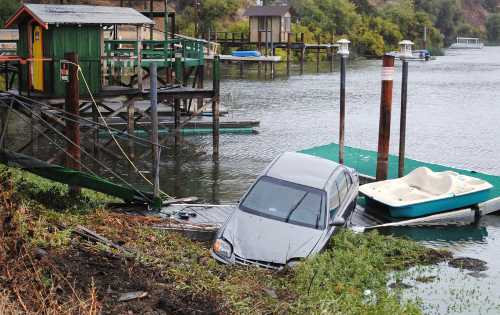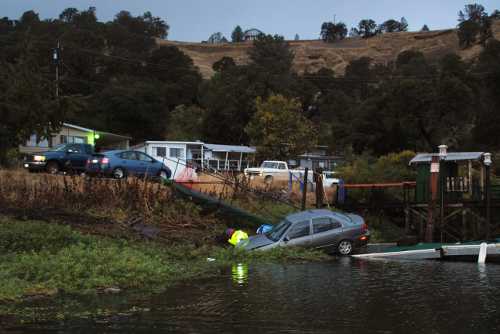The notion that military people are too busy training, fighting or moving between assignments to pay close attention to personal finances is challenged by results of a new survey.
The first-ever “Military Financial Capability Study” finds that service members are more likely than civilians to keep up with monthly expenses, save for their kids’ education, avoid payday lenders, invest in stocks and bonds, and even check on their own credit scores.
Where military members clearly need more financial counseling is credit card balances. Twenty-seven percent carry more than $10,000 in credit card debt versus only 16 percent of civilians surveyed.
But overall “we can definitely say that [military personnel] are more savvy than the general population” regarding personal finances, said John M. Gannon, president of the FINRA Investor Education Foundation.
FINRA, the Financial Industry Regulatory Authority, is the largest independent regulator of securities firms doing business in the United States. Its Investor Education Foundation, which sponsored the survey, operates on the fines collected from security firms that violate laws to protect investors.
Since 2006, the foundation has partnered with the Department of Defense to improve military financial readiness. It holds financial forums for service members, provides continuing education to on-base financial counselors and offers fellowships for military spouses to become Accredited Financial Counselors.
The foundation’s campaign to educate military people got its initial funding from $6 million paid by First Command Financial Planning Inc., of Fort Worth, Texas, in 2005 to settle charges brought by the Securities and Exchange Commission that the company had mislead military investors.
The new survey of 700 service members and 100 spouses was conducted online in June and July of 2009. The results were linked to a national civilian survey on financial capabilities FINRA conducted earlier.
The report cautions that some disparities in answers from military and civilian respondents reflect demographic differences.
Military respondents were more likely to be younger, male, employed full time and high school graduates.
Also, the military sample didn’t precisely reflect the current force. There was a higher proportion of officers surveyed (31 percent) and a smaller proportion of young enlisted (10 percent in pay grades E-1 to E-4).
Still, Gannon said, the results capture financial challenges for military families and serve as a good baseline for future surveys.
Feedback from Defense and military officials who track financial matters, Gannon said, is that “our data is very spot on” in identifying issues that the troops face.
The report can be found online at: www.finra.org/web/groups/foundation/@foundation/documents/foundation/p122257.pdf.
It’s no mystery why the survey shows military people more financially literate than the civilian population, Gannon explained.
“If you look at the level of effort that the Department of Defense has put into financial readiness compared to private sector employers, it’s really tremendous,” he said.
He noted that a personal financial manager can be found on every base and the services have mandatory financial education requirements, starting from boot camp. “There aren’t too many private sector employers that have such substantial programs,” he said.
The survey found that 36 percent of military respondents have trouble paying their monthly bills but that compares favorably to nearly two thirds of civilians reporting trouble.
Fifty percent of military respondents reported having emergency money saved to cover at least three months of living expenses if needed. That varied by rank, of course, falling to 39 percent for junior and mid-grade enlisted and rising to 67 percent for officers.
“Fortunately, military personnel and their spouses are less exposed to the financial risks of unexpected medical emergencies than civilians as they are covered by health insurance,” the report notes.
Fifty-two percent of military respondents with financially dependent children were saving to send them to college. Only 41 percent of civilians with children were doing so.
Among respondents with bank accounts, which is virtually all service members, 21 percent of military respondents versus 24 percent of civilians had taken out some sort of non-bank loan over the last five years. That could be payday loans, auto title loans, pawn shops or “rent-to-own” stores. A third of junior enlisted respondents had used these services.
Worried that such lenders preyed on the military, Congress in 2007 set a cap of 36 percent on annual interest that can be charged military borrowers. Its full effect likely isn’t seen yet in this survey, Gannon said.
Military respondents, Gannon said, already are “much more likely to comparison shop for financial products and they’re much more willing to check their credit report and credit scores. That is something that the Department of Defense, through its financial readiness program, has always stressed and the numbers are really outstanding. I mean 72 percent of military respondents have obtained a credit report in the last 12 months [compared] to 40 percent of civilians. That’s really good.”
Given this and other positive survey results, the foundation will turn more of its attention to educating on credit card debt, Gannon said.
“Non-bank borrowing is still an issue [but] at least, based on our data, the military is doing better than the civilian population,” he added.
More disturbing is that 36 percent of military respondents versus 26 percent of civilians had at least four credit cards. Ten percent of the military reported over $20,000 in credit card debt versus seven percent of civilians.
To comment, send e-mail to This email address is being protected from spambots. You need JavaScript enabled to view it. or write to Military Update, P.O. Box 231111, Centreville, VA, 20120-1111.
Follow Lake County News on Twitter at http://twitter.com/LakeCoNews , on Facebook at http://www.facebook.com/pages/Lake-County-News/143156775604?ref=mf and on YouTube at http://www.youtube.com/user/LakeCoNews .









